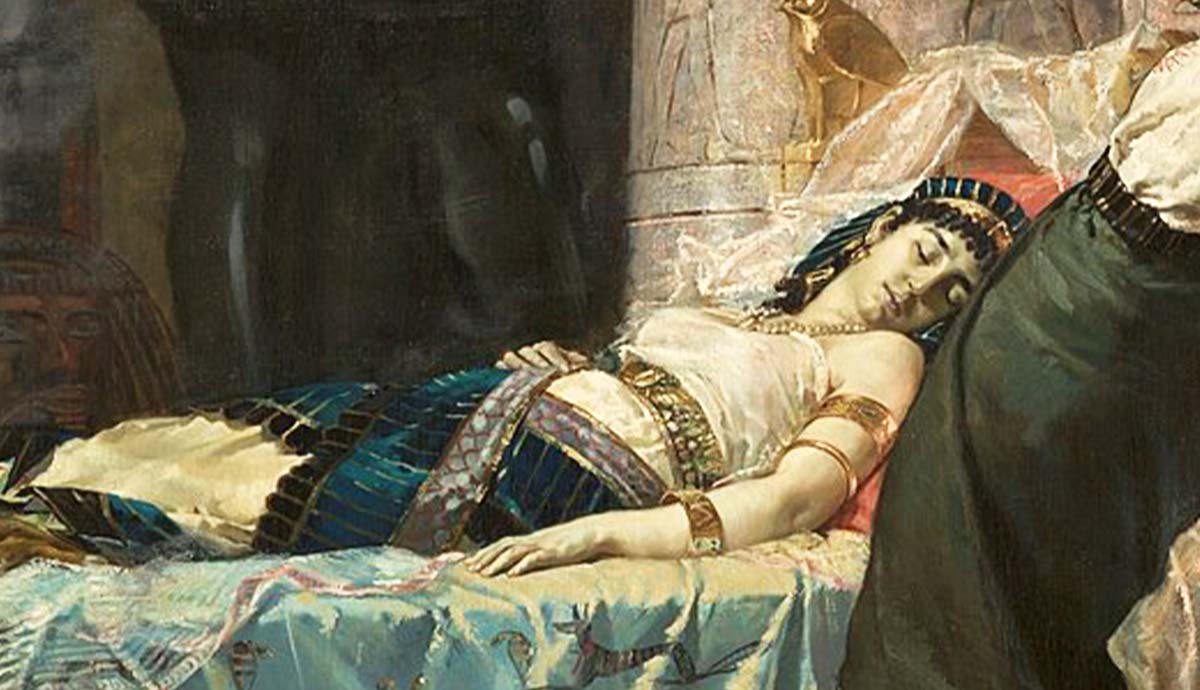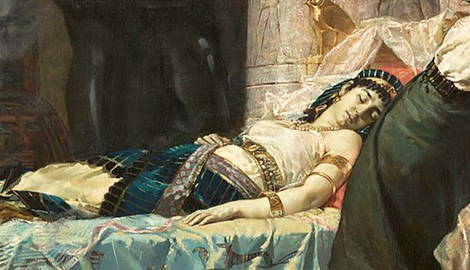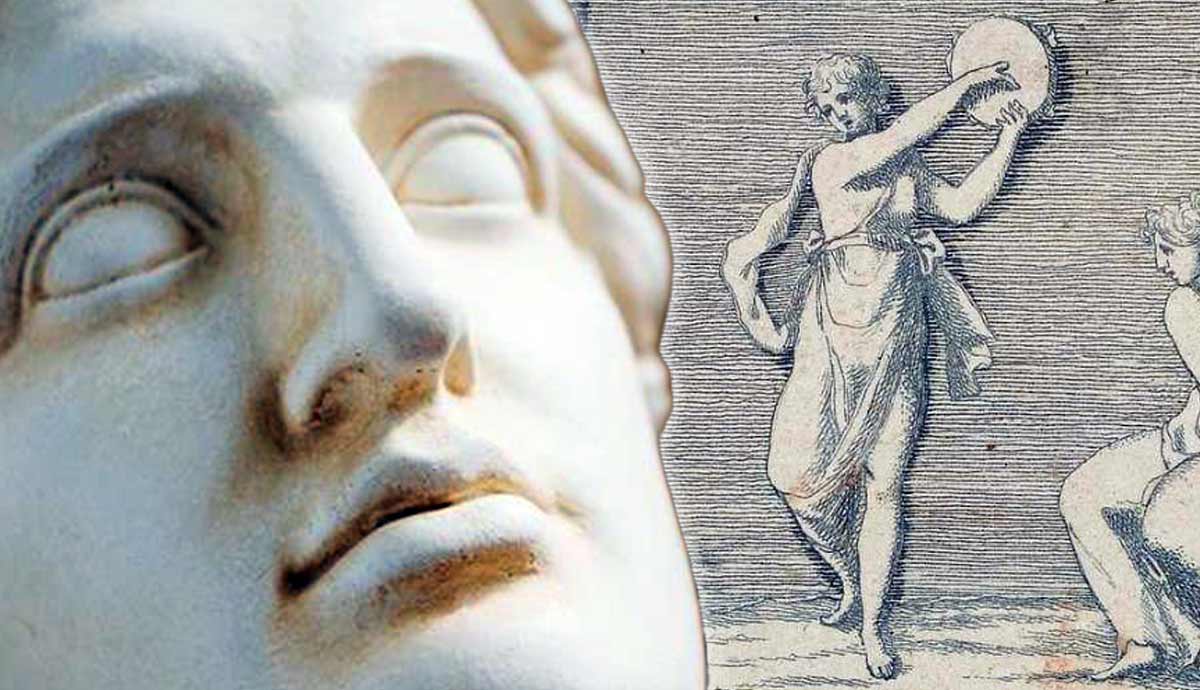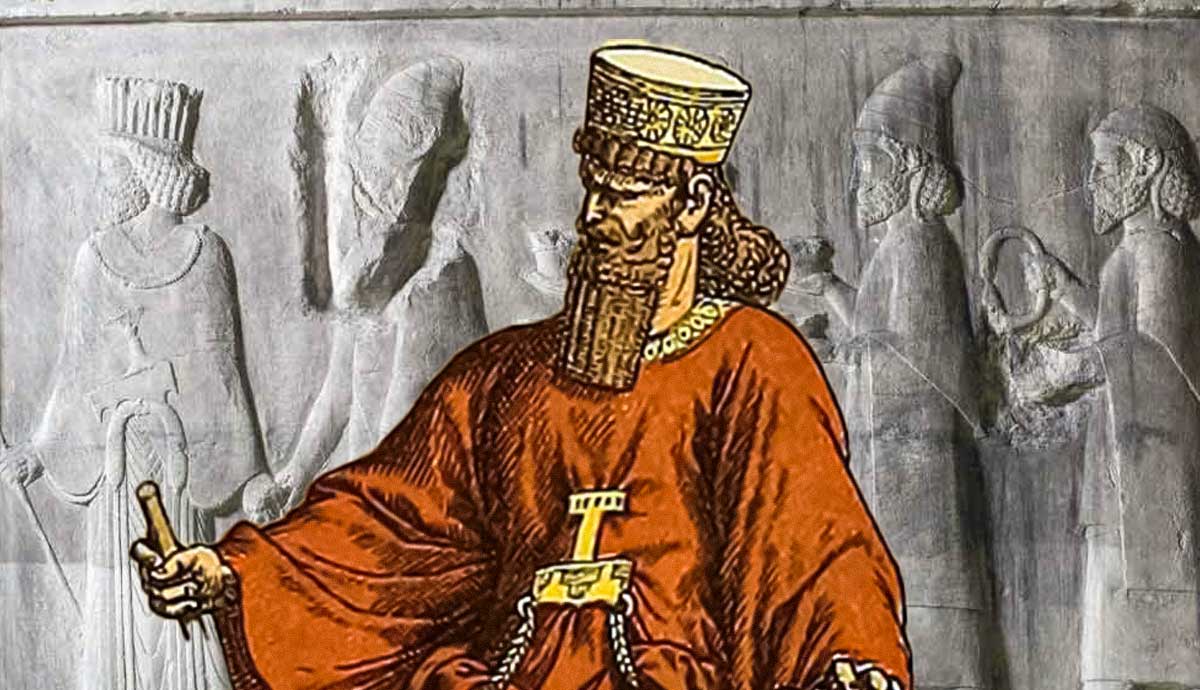
Cleopatra VII, the last active pharaoh of Egypt, died in August 30 BCE after her kingdom was invaded and conquered by Rome’s first emperor, Octavian. Political ambition, strategic alliances, and legendary relationships with Julius Caesar and Mark Antony marked her life. But her death—just days after Antony’s own tragic end—remains a historical mystery. Was it suicide, murder, or something more complex?
The facts surrounding her death are sparse and filtered through Roman accounts, which have sparked centuries of debate and myth-making. However, some theories are more widely accepted than others.
The End of the Ptolemaic Dynasty

By the time Cleopatra faced her death, the Ptolemaic dynasty of Ancient Egypt was teetering on the edge of collapse. Her alliance and romantic relationship with Mark Antony had placed her in direct opposition to Octavian, later known as Emperor Augustus.
This heated rivalry culminated in the naval Battle of Actium in 31 BCE, where Antony and Cleopatra’s forces were defeated by Rome. They fled to Alexandria, and over the next year, their position became increasingly unstable. When Octavian invaded Egypt in 30 BCE, Mark Antony, misled by false reports that Cleopatra had died, took his own life by falling on his sword.
Cleopatra was taken captive, and Octavian intended to parade her through Rome as a prisoner in his victory procession. However, it never came to that, and many believe this potential humiliation was what motivated Cleopatra to take her own life.
Theory 1: The Asp Bite

The most enduring version of Cleopatra’s death—immortalized in literature, theater, and film—describes her suicide by snakebite. According to Plutarch, she arranged for a basket of figs to be smuggled in, containing a venomous asp. She was then found dead in her chamber alongside her loyal servants, Iras and Charmion, suggesting a coordinated group suicide.
This version has dramatic appeal and has been romanticized through art and modern media, but there are some problems with this theory. Cobra venom does not act instantly and can cause a slow, painful death, unlike the serene scene often depicted. Additionally, handling a live snake and encouraging it to bite on demand would have been dangerous and unpredictable.
As an astute strategist, Cleopatra probably would have opted for a quicker and more reliable method.
Theory 2: Poisoned Ointment or Elixir

A second theory posits that Cleopatra used a fast-acting poison—perhaps an ointment applied to her skin, a drink mixed with deadly herbs, or a hidden hairpin dipped in lethal toxin. Both ancient and modern historians consider these theories more plausible than an orchestrated snakebite.
Cleopatra was renowned for her expertise in poisons and medicinal herbs. One legend claims she concealed the poison in a hairpin and pricked herself when the time came. Another suggests she drank a carefully prepared elixir to ensure a quicker and less painful death than venom would provide.
This theory also aligns with her strategic mind and desire for control. Choosing a private and efficient method would allow her to die with dignity and avoid the humiliation of being paraded in Octavian’s Roman triumph.
Theory 3: Assisted or Forced Suicide

Though Octavian publicly stated that Cleopatra committed suicide, some historians believe she may have been pressured to commit suicide or even murdered. Octavian, soon to become Emperor Augustus, had some valid political reasons for wanting the queen dead. A living Cleopatra could rally resistance. Yet, having her executed outright might provoke backlash in Egypt and turn her into a martyr.
If Cleopatra took her own life, Octavian could then present himself as a merciful conqueror while also eliminating a powerful rival. Some suggest her death was orchestrated behind closed doors, possibly by Roman agents who provided the poison or ensured she couldn’t escape death.
However, this theory loses credibility with Cassius Dio’s account of what happened. According to him, Octavian was outraged and felt “robbed of the full splendor of his victory” because he couldn’t parade Cleopatra through Rome. It’s believed Octavian then fulfilled her final request and had her body interred next to Antony’s—a tomb that has still never been discovered.
Theory 4: Murder by Rome

The final theory claims that Cleopatra was assassinated. It’s important to note that there are no firsthand Egyptian accounts of her death, and nearly all our knowledge comes from Roman historians with their own political agendas. With that in mind, if Cleopatra was murdered on Octavian’s orders, the suicide story could have been used to paint him sympathetically to citizens of both Rome and Egypt.
This theory is less widely accepted but remains possible, especially considering the ruthless nature of Roman politics. Killing Cleopatra immediately would have prevented any potential rebellion or martyrdom. So, it’s conceivable that her death was not actually self-inflicted.
Octavian was also the first emperor of Rome, and his image as a just and fair ruler may have been important at the beginning of his reign. If he decided that keeping her alive was too risky, a secret assassination would have been the perfect way to keep his image intact.
The Historical Record of Cleopatra’s Death

Most of what we “know” about Cleopatra’s death comes from Roman sources written decades after the fact. Plutarch, for example, wrote around 100 years later and admitted that the truth was uncertain.
Archaeological evidence has yet to yield definitive answers. Cleopatra’s tomb has never been found, despite numerous efforts to locate it. Ancient texts mention that she and Mark Antony were buried together near a temple of Isis in Alexandria, but centuries of earthquakes, tsunamis, and urban development have made the location difficult to uncover.
There’s also the consideration of Roman propaganda. The Romans, especially Octavian, had every reason to shape Cleopatra’s death to fit their narrative. Casting her as the exotic, tragic queen who chose death over submission fit well with the Roman narrative and bolstered Octavian’s image as a merciful conqueror.
The End of Ancient Egypt

With her passing, Egypt became a Roman province, and Octavian consolidated his power as Augustus, marking the beginning of the Roman Empire. The Ptolemaic dynasty, which had ruled Egypt for nearly 300 years since the time of Alexander the Great, had finally come to an end. And Egypt never had a pharaoh again.
Yet Cleopatra’s legacy did not end with her death. Her image has endured through centuries of art, literature, and film… depicted as a seductress, a tragic heroine, a cunning strategist, and a martyr.








